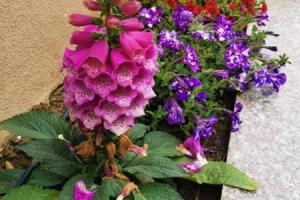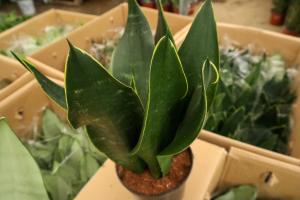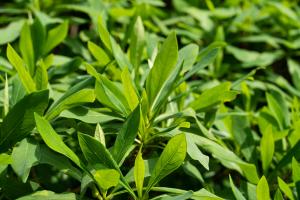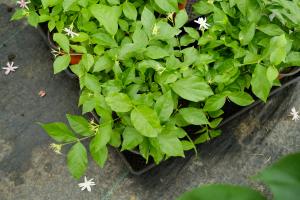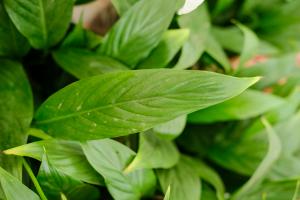Choosing the Right Soil for Spider Plants
Spider plants, known for their long, thin leaves and small, spider-like flowers, are a popular houseplant because of their easy care and striking appearance. However, to keep your spider plant healthy and flourishing, it's important to choose the right soil. Here's what you need to know:
Understanding Spider Plant Soil Needs
Spider plants are adaptable and can grow in a range of soils, but they prefer a potting mix that's loose, well-draining, and rich in nutrients. They're also susceptible to root rot, so it's important to use a well-draining soil mix that won't hold excess water.
Most commercially available potting mixes will work well for spider plants, but you can also make your own by combining equal parts peat moss, perlite, and vermiculite. Peat moss is lightweight and helps retain moisture, while perlite and vermiculite improve soil drainage and aeration.
Considerations for Choosing Spider Plant Soil
When choosing soil for your spider plant, keep the following considerations in mind:
Soil pH: Spider plants prefer slightly acidic soil with a pH of 6.0-6.5. You can test your soil's pH with a soil testing kit or take a sample to a local gardening center for analysis.
Nutrient content: Spider plants require plenty of nutrients to grow, so make sure your soil contains sufficient amounts of nitrogen, phosphorus, and potassium. You can add fertilizer to your soil or use a slow-release fertilizer that will gradually release nutrients over time.
Soil structure: Spider plants prefer a loose, well-aerated soil that allows water and air to flow through freely. Avoid using heavy or compacted soil mixes that can suffocate the roots and lead to root rot.
Caring for Spider Plants
In addition to choosing the right soil, proper care is essential for keeping your spider plant healthy. Here are a few tips:
Light: Spider plants prefer bright, indirect sunlight, but can also tolerate low light conditions. Avoid placing them in direct sunlight, which can scorch the leaves.
Water: Spider plants prefer to dry out slightly between watering, so make sure to let the top 1-2 inches of soil dry out before watering again. Overwatering can lead to root rot.
Humidity: Spider plants prefer humid environments, so it can be helpful to mist the leaves occasionally or place a tray of water near the plant to increase humidity.
Conclusion
Choosing the right soil is essential for keeping your spider plant healthy and flourishing. Focus on selecting a well-draining, nutrient-rich soil mix that's slightly acidic and allows for good air flow. With the right soil and proper care, your spider plant will thrive and add beauty to your home for years to come.

 how many times do yo...
how many times do yo... how many planted tre...
how many planted tre... how many pine trees ...
how many pine trees ... how many pecan trees...
how many pecan trees... how many plants comp...
how many plants comp... how many plants can ...
how many plants can ... how many plants and ...
how many plants and ... how many pepper plan...
how many pepper plan...